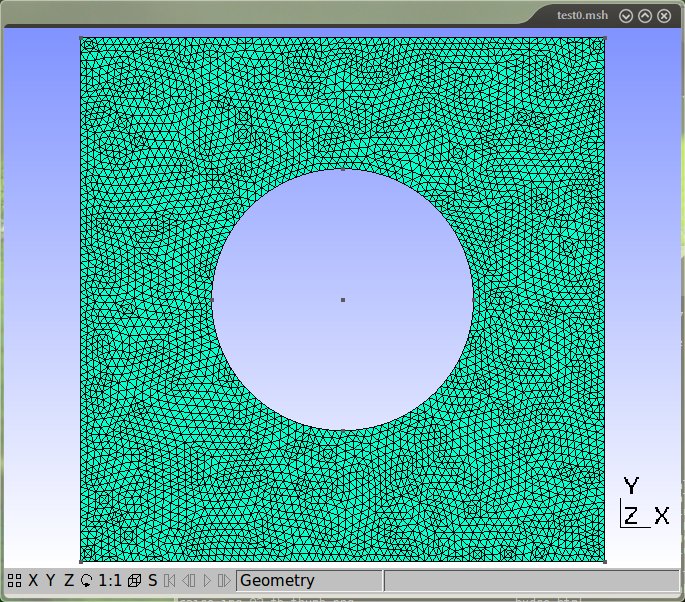
Note that layers are defined such that their characteristic lengths are increasing. To refine the mesh in the injection zone, the characteristic length of each layer entity is increased the farther we get from the injection point. Once all the points have been created, we can now generate the geometry, assign rock types/materials as Gmsh physical properties, and generate the mesh. Similarly to the fault entity, boundary entities are segmented to ensure conformity of the final mesh.īound_right_pts =, ,, ,, ,, , ] bound_top_pts =, ,, ,, ,, ,, ] bound_bot_pts =, ,, ,, ,, ,, ]

Thus, physical boundary elements must be defined at the top, right and bottom sides of the model. In this sample problem, a no-flow boundary condition is imposed on the left side of the model (default in TOUGH), and Dirichlet boundary conditions are imposed elsewhere. Likewise, we also define the aquifer located at the right side of the fault.Ĭenaq_right_pts =, ,, , ] capro_top_right_pts =, ,, , ] capro_bot_right_pts =, ,, , ] uppaq_right_pts =, ,, , ] basaq_right_pts =, ,, , ] On the other hand, the light that back-scatters (or side scatters as well) destructively interferes with the primary waves (I am assuming that the light has already passed the surface atoms so reflection has already been accounted for).Cenaq_left_pts =, ,, , ] capro_top_left_pts =, ,, , ] capro_bot_left_pts =, ,, , ] uppaq_left_pts =, ,, , ] basaq_left_pts =, ,, , ] As light moves through the glass there is forward scattering of light where there is constructive interference between the primary and secondary waves so light propagates forward. The place where this really bothers me is when light is being transmitted through glass. I recently read (sorry but I don’t have a reference) that interference is not only about destructive and constructive interference but moving energy from destructive to constructive regions according to conservation of energy. Helen Asks: How does interference move energy from destructive to constructive regions? But the second ones continuosly makes a buzzing noise if you listen carefully. There are battery powered radios and electrically powered ones. But everyone listening to that frequency can hear that extraterrestrial sort of bouncy noise! And the anchors over there at the broadcasting centre asks the caller to move a bit far from the radio set.) (Sometimes when there is a live talk show on the radio, and someone calls there through their mobile, and while talking to them they sit close to their radio set, most probably to simultaneously talk and hear their own voice over the radio. Sometimes it only makes a momentary "thud"-like noise - similar to what happens inside the fan switch (we can see momentary electric spark, due to reverse current of the inductor coil) - when you turn a ceiling fan or light on or off.Īlso talking over a mobile phone while staying close to the radio makes an 'extraterrestrial' noise in it. When I turn on, say a ceiling fan or any other electrical instruments near a wireless radio (don't know what happens with mobile phone radios), it starts making a buzzing background noise. This question has possibly been asked a numerous number of times already, by many people in many places, but nowhere I could find a precise answer to my precise question. QuestionTheAnswer Asks: Why wireless radios start making buzzing noise when I switch on some electrical appliances? If compiled with OpenMP support, it also sets the number of threads

The API sets the options "General.AbortOnError" to 2 and "General.Terminal"

The same way as the Gmsh app, either interactively or in batch modeĭepending on the command line arguments. Gmsh configuration files (gmshrc and gmsh-options). Julia) are provided, they will be handled in the same way as the command If `argc' and `argv' (or just `argv' in Python or This must be called before any call to the otherįunctions in the API. Gmsh.initialize(argv=, readConfigFiles=True, run=False) Def initialize(argv=, readConfigFiles=True, run=False):


 0 kommentar(er)
0 kommentar(er)
